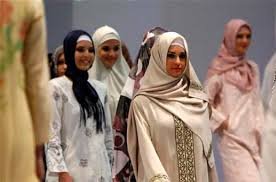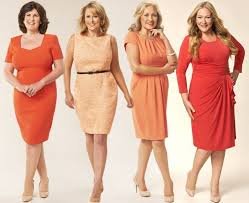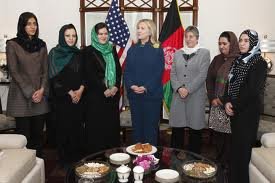The Differences in Cultures
American culture is very different from the Muslim culture. The way women dress and women’s roles and expectations are just two examples. Most Americans don’t understand the reasons for the differences, and this article will explain some of the differences.
Women in the Middle East are viewed as oppressed by their religion, however, these “oppressive” practices did not come from Islam. They come from local cultural traditions. It is true that many women struggle with equality in the Middle East, but that happens all around the world. According to pbs.org, women in the Middle East were given rights that Western women were not given until the 19th century. Muslim women have always kept their assets after marriage, they specify their conditions in marriage, and many women keep their last name after marriage, while women in America were not given these rights until the late 19th century (More Rights Than One Might Think).
Women have always struggled with education rights. Although the Quran says to educate sons AND daughters, many girls were being taught to stay at home to raise the children and to maintain the household. Now, more and more women are fighting back and going to secondary school and college, too. Middle Eastern government positions are beginning to be filled by women, which has taken a long time to happen. More and more women are going out, finding jobs and bringing home money to support their families. According to prb.org, Middle Eastern economic growth increases 3.7 percent every year as the adult population’s average education level rises (More Rights Than One Might Think).
Now, in America, women think Muslim women are being treated so poorly, and they are, however, aren’t women being treated similarly here at home? American women have to fight for their workplace equality, and the belief that men are better than women are. According to the guardian.com, women earn 77 cents for every dollar their male counterparts make. We have to fight some of the same battles Middle Easter women do, just on a smaller scale (More Rights Than One Might Think).
Women here in the United States have been fighting for equality for decades. They were many basic human rights until the 19th century. Women here in the USA have many of the same expectations as Middle Eastern women do. They are expected to stay home, raise the children, and tend to the husband. This is changing, just as it is in the Middle East. More women are going to school, getting an education and getting jobs (More Rights Than One Might Think).
The Muslim religion follows the Quran, which is the equivalent of the Christian Bible. The Quran states that men and women are equal in the eyes of God. It instructs Muslims to educate daughters as well as sons, insists that women should have the right to refuse a prospective husband, states have the right to divorce their husband, and they have the right to own and inherit property (More Rights Than One Might Think).
Different cultures developed different interpretations of gender roles. Some regions have more restrictive roles, while elite women are sometimes allowed to bend the rules and intermingle with the men. Some Muslims have rejected the limitations put on women and are
reinterpreting the Quran. Elite women first started wearing the veil as a sign of their status. Poorer, rural women were not required to dress as modestly as elite, urban women because they needed the freedom of movement. This is changing. Women do not have to wear the full veil in many places, which is one way Islam is being reinterpreted (More Rights Than One Might Think).
The differences in dress are obvious. Americans are not as modest as many Muslims. Most women are not afraid to show skin, to show their face, to paint their nails. They aren’t afraid because it’s rare for a woman to be punished for what she wears. Women in the Middle East can be beaten or killed just for showing “too much hair” in public. Elite women in America have always been better dressed, as money allows them to afford better clothes. They are allowed to “go against the grain” just as elite Muslim women were allowed to do. (Women in Islam and Women in the West).
Going out in public is something else Muslim women have to worry about. In the past, women were not allowed to go out in
public without a male relative. These women risked beatings, jailing, or even death for defying social norms.
There are also some similarities between these cultures. The belief that women should stay home, care for the kids and cook for the family was a big part of both cultures. Today, women are going against that, going to school, and getting jobs of their own. People used to think women need a man and that a woman is nothing without a man, but this is not as common anymore.
Muslim women are not as oppressed as people believe them to be. They have many more rights than Western people think. Unfortunately, they are not viewed as
equals, but neither are American women. The family roles, clothing, education and employment equality are all things that are changing for women around the world. It will take time, but eventually, women will be viewed as equals all around the world.
 Malala Yousafzai: The Aftermath
Malala Yousafzai: The Aftermath
 Human Trafficking
Human Trafficking



 ElizabethMarieVF232210
ElizabethMarieVF232210